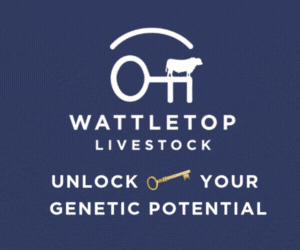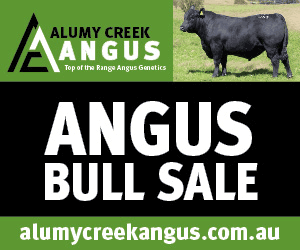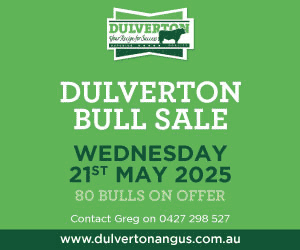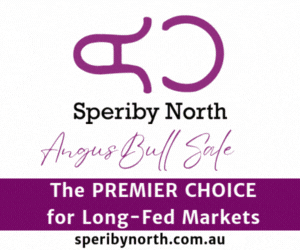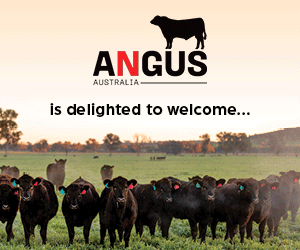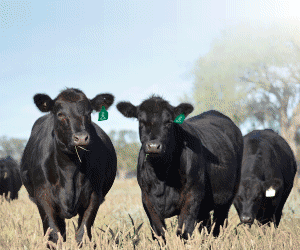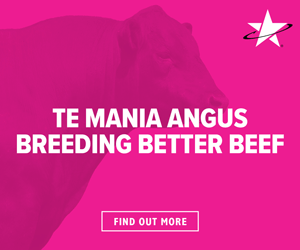About Northern Development
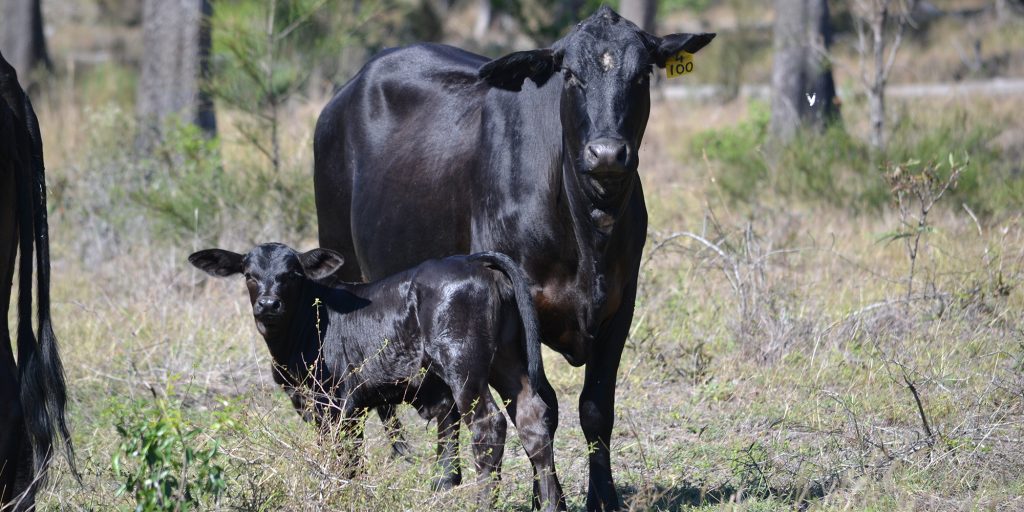
The program:
The 2014 Australian federal government white paper on Developing Northern Australia highlights a key area pertaining to northern beef production being a ‘more productive and resilient cattle industry’ with a focus on ‘beef genetics and value add processing’.
Angus Australia has an important role to play in this initiative and is committed to focusing on the opportunities for the northern Australia beef industry.
The Northern Development program, which commenced in January of 2018, was created to address both the findings of the Developing Northern Australia white paper and the National Livestock Genetics Consortium’s mission to double the rate of annual genetic gain by 2022 in the beef value chain. The program is co-funded between Angus Australia and Meat and Livestock Australia, through the MLA Donor Company.
Assisting with the direction and strategy implemented in the program is the Northern Development Consultative Committee, which consists of a group of producers who have nominated to advise the Northern Development Officer on proposed activities for Northern Development. To meet the committee please CLICK HERE
The industry:
The beef industry in northern Australia represents 64% of the total Australian beef cattle herd (ABARES). Queensland alone accounts for some 11.3 million head, or 45% of the total Australian cattle population, whereas the Northern Territory totals approximately 2.1 million head or 8% of the total Australian cattle population (source – MLA Cattle numbers – as at June 2019 per Natural Resource Management Region).
The opportunity:
With the volume and value of cattle located in northern Australia, it is widely recognised that there are significant opportunities for many beef cattle herds which will impact on the efficiency and profitability of beef businesses and the beef supply chain. These include areas of;
- Fertility
- Market flexibility
- Meat quantity and quality for the consumer
- Animal welfare
In 2013, Angus Australia conducted a survey to better understand the benefits of using Angus genetics into the herds of northern Australian beef producers. Over 60 commercial and seedstock producers were interviewed whom were either supplying bulls or were running bulls in northern Australia.
A more recent survey of Australian beef breeders revealed that Australia’s largest Angus influenced cattle herd resides in Queensland and consists of an estimated 1.8 million head (Australian Beef Breeder Insights, 2020).
Responses from interviewed producers confirm that using Angus genetics in northern beef herds can have many benefits and that Angus bulls can be run successfully in most areas of northern Australia if some simple management practices are adopted. These are summarised as;
(I) ENHANCED FERTILITY
Increases in calving rates were widely reported by northern producers after Angus genetics were introduced into their herds. Factors contributing to this included;
Reduced age at puberty – enabling heifers to conceive earlier and calve down earlier when seasonal conditions were more favourable,
Shorter lactation anoestrus periods – reported in the Angus crossbred breeder herd, resulting in shorter calving intervals and heavier weaners at mustering,
Fertility can be improved through the consideration of fertility Estimated Breeding Values (EBV’s) such as scrotal circumference and days to calving which are heritable and therefore have a stronger likelihood of making a positive impact on herds.
(II) HYBRID VIGOUR
By incorporating Angus genetics into northern beef herds, it was reported by producers that the benefits of hybrid vigour were evident in Angus influenced calves, replacement females as well as producing a balanced article through combining the positive attributes of both Bos taurus and Bos indicus genetics.
Producers reported that crossbred breeding females with Angus content were more fertile and had superior milk production when compared to Bos indicus derived females.
It was also reported that Angus influenced progeny finished earlier subsequently enhanced meeting market specifications earlier. It also increased the chances of attracting market premiums such as MSA by ensuring that bullocks were above 500kg liveweight with only milk to 2 teeth.
(III) POLLEDNESS:
Incorporating Angus genetics into northern Australian beef herds results in the majority of the progeny being polled. Whilst the polled gene is dominant in Bos taurus breeds, the African horn gene and scur genes are common amongst Bos indicus breeds. Therefore, in a northern crossbreeding program using Angus genetics over a Bos indicus breeder herd, it may take several generations of breeding with polled bulls to achieve a fully polled herd.
Northern producers reported that breeding polled cattle was highly desirable as;
It eliminated stress and weight loss associated with dehorning,
The risk of workplace injury and reduced bruising of cattle during yarding and transportation was reduced
(IV) MARKET FLEXIBILITY
Northern producers reported that their market options had increased as a result of incorporating Angus genetics into their breeding programs.
The adoption of MSA grading by the major meat processors in Queensland and some markets requiring a minimum level of Bos taurus content were cited as key drivers for the increased use of Angus genetics.
Markets for Angus branded products have also grown significantly and has been a significant factor in driving premiums for Angus cattle. Premiums of 20 cents/kg or more have been cited for Angus or Angus influenced progeny over animals with no Angus content.
The positive impact on Bos indicus herds was evidenced in the northern crossbreeding program in the CRC for Cattle and Beef Quality which saw several British, European and tropically adapted cattle breeds joined to over 1000 Brahman females to measure effects of breed on carcass traits and meat quality. Results from this trial (Burrow, 2002, ‘Improving carcase and beef quality in Bos indicus through crossbreeding) indicate that Angus bulls crossed with Brahman females had;
- The highest MQ4 score (MSA meat quality score encompassing tenderness, juiciness, flavour and overall liking) for the domestic market.
- The highest Intramuscular fat % (related to marbling score) for both heifers and steers,
- The lowest ossification scores (i.e. physiological maturity)
- The most tender beef which was measured through the lowest shear force,
- Improved finishing (i.e. the highest P8 fats) for the domestic, Korean and Japanese markets


